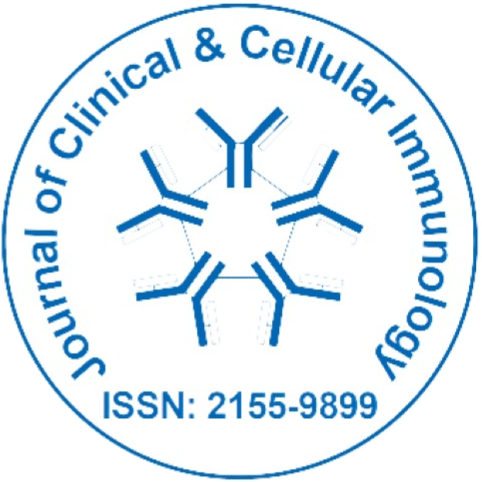
Journal of Clinical and Cellular Immunology
Open Access
ISSN: 2155-9899

ISSN: 2155-9899
Jose Moreno
Hospital Juarez de Mexico, Mexico
Scientific Tracks Abstracts: J Clin Cell Immunol
Introduction: Genome-wide association studies have identified many loci associated to autoimmune diseases, but the roles of particular genes are unknown. Materials & Methods: Global gene expression analysis of healthy (C57BL/6-J and Balb/c-J), and autoimmune (MRLlpr/lpr) mice was achieved on immunocompetent cell mRNA by means of Affymetrix Chip Mouse 430_2. Data from Affymetrix-TAC were normalized by Robust Multi-array Average (RMA) and differentially-expressed genes (DEG) identified by Limma (FDR <0.001, fold change >3). Gene-grouping analysis was achieved by WebGestalt 2017 online using Bonferroni correction through over representation analysis (ORA) for gene ontology (GO) for biological process and molecular function (non-redundant). For pathways, Reactome or Kegg were used and phenotype analysis by mammalian phenotype ontology. Results: ORA: GO yielded 151 significant biological processes (immune system process -133 DEG, FDR=0-, immune response -91 DEG, FDR=0-, regulation of immune system process -76 DEG, FDR=3.19E-10-, among others); and two molecular functions (cytokine activity, hydrolase activity). Pathways identified by Reactome were eight (neutrophil degranulation -39 DEG, FDR=1.34E-3-, immune system -82 DEG, FDR=4.72E-2-, innate immune system -62 DEG, FDR=4.72E-3-) and three by Kegg (complement and coagulation cascades (-12 DEG, FDR=1.15E-2). Interestingly, phenotypes identified several abnormal immune system functions, including autoimmune disease, with many DEG. Data were also analyzed by GSEA through GO, which again yielded many biological processes by Reactome and Kegg as 37 and 25 pathways, respectively. Notable DEG included IFNG, CD28, TNFRSF9, C3AR1, C5AR1, CFI, CTLA4, IL-8 and other chemokines, MAP kinases, Padi4, etc. Conclusions: The results indicate that autoimmune disease in MRL/lpr mice rises from a complex immune network activation with a featuring role of T cells and costimulatory receptors.
José Moreno is an MD from the National University of Mexico, with clinical training in Rheumatology and PhD in Immunology with major focus on immunobiology of antigen processing and autoimmunity. He did two postdoctoral trainings in Dallas (Southwestern Medical College) and Heidelberg (Deutsches Krebsforschungszentrum). He has published over 50 papers in international peer-reviewed journals and his currently the Director of Research of Hospital Juárez de México. He is a Member of the National Academy of Medicine (Mexico).
E-mail: jmoreno49@gmail.com